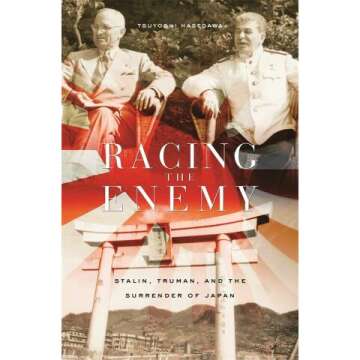Context of the Surrender in Vlissingen
The German Troops
In 1944, during the final stages of World War II, German troops were increasingly losing ground against advancing Allied forces. The strategic port city of Vlissingen, located in the Netherlands, became a significant focal point due to its location and logistical importance. German soldiers, who had occupied Vlissingen since the early years of the war, faced intense pressure from both land and naval operations launched by the Allies.
Allied Forces' Campaign
The Allied invasion of Europe began in earnest with D-Day in 1944 and continued with various operations to liberate occupied territories. The campaign to reclaim the Netherlands included significant air and land assaults, pushing German defenses back. The siege of Vlissingen was part of a broader plan to secure strategic ports and cities for the Allies, ensuring supply routes and troop movements.
Details of the Surrender
Events Leading Up to the Surrender
By late 1944, the situation for German forces in Vlissingen was desperate. Supply lines were cut off, and morale was low. Bombardment by Allied forces weakened their positions significantly. On November 1, 1944, facing inevitable defeat, the German commanders decided to surrender to avoid further loss of life and destruction.
The Official Surrender
The surrender was formalized on November 2, 1944, marking a significant victory for the Allies and contributing to the liberation of the Netherlands. The German forces laid down their arms, symbolizing a crucial step toward ending the war in Europe. Thousands of soldiers were taken captive, and the surrender boosted the morale of the Allied forces, bringing them closer to victory.
Fun Fact
Vlissingen's Historical Significance
Interestingly, Vlissingen, often overshadowed by larger cities, played a crucial role in World War II. The city's strategic location at the mouth of the Scheldt gave it significant military importance, and its liberation was key to opening up supply routes for Allied forces in the heart of Europe.
Additional Resources
Recommended Reading on World War II in the Netherlands
For those interested in learning more about this pivotal period, consider reading "The Liberation of the Netherlands 1944-1945" and "Dutch Resistance in World War II". These works provide in-depth analysis and personal stories from this tumultuous time.































































































































































































































































































































































































































































































































































































 Continue with Google
Continue with Google